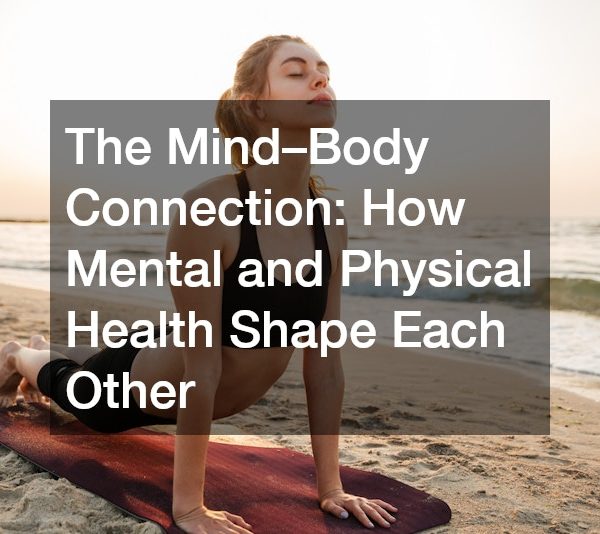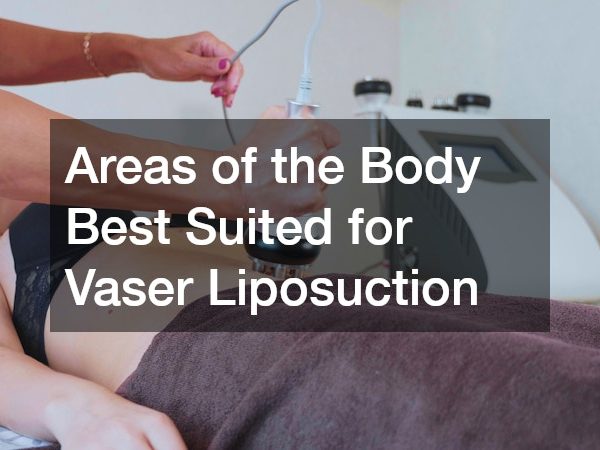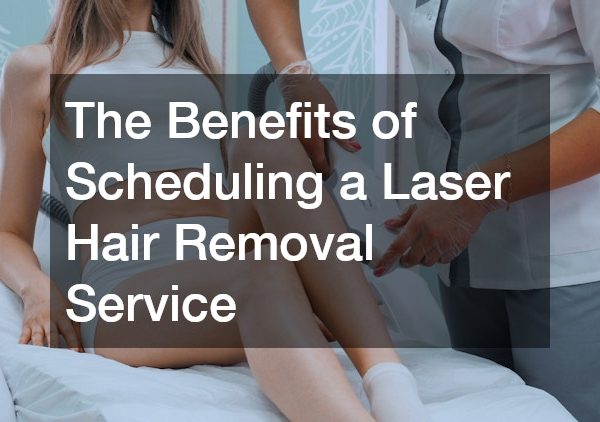Braces are known as a dental tool used to correct crooked teeth, as well as other problems such as crowding, gaps, and teeth that are out of alignment. However in some cases, additions like power chains need to be applied.
Find out what power chain braces are and whether you should get this treatment.
What is a Power Chain on Braces?

Power chains on braces are rubber band-like components that attach to each tooth so that they can further close the space or gaps between them. They will need to be set in place to hold together the teeth even if the gaps have been closed so that they won’t re-open.
So the main purpose of a power chain for braces is to close gaps.
These chains are like rubber bands. Once they stretch out from teeth to teeth, they would want to return to their original shape. This then adds tension and pressure, forcing the teeth to move to the desired position.
Power chain braces are not as commonly used as traditional braces, but they can be very effective in correcting severe misalignments and gaps.
A power chain is not commonly used at the beginning of the treatment but after your teeth have lined up as its main us is to correct spaces and gaps.
When Do You Get Power Chain Braces?

Different individuals need different treatments, so you will have to consult with your dentist on whether you need a power chain or not. However, there are different scenarios where a patient will need power on their chain braces.
Although the main purpose of power chains for braces is to close gaps, it’s not the only thing it’s used for.
Below are some treatments where power chains need to be applied on braces.
- Close space and gaps. We’re listing this here as it’s the main purpose of a power brace. However, if you have braces and you’re thinking why you don’t have power chains on them, then don’t worry because this is usually put at the last stage of your braces.
- Close space caused by extractions. If you’ve undergone a tooth extraction, for example, your dentist took out your molars, then you would have to close that space. A power chain is applied to pull your teeth backward to close the gap caused by the extraction. Power chains may also not be applied at the beginning of the treatment because your teeth must work up to wires that are bigger, letting the dentist slide your teeth and braces bracket on the wire.
- Correcting bites. You might need to apply power chains on your braces if you need to correct your bite. There are cases where people have an underbite or an overbite where their teeth don’t close properly or comfortably.
Kinds of Power Chain Braces
- Continuous – This power chain has loops that are connected to each other and are meant to connect at every tooth.
- Long – This power chain has a line in between the loops and is meant to connect at every third tooth.
- Short – This power chain has a smaller line in between loops and is meant to connect to every other tooth.
How Long Does a Power Chain Take to Close Gaps
Space closure is one of the most challenging treatments in orthodontics. Your dentist will tell you when you can stop wearing your power chains on your braces as individual treatments vary. Some people may wear power chains for a few weeks, some under six months, while others can wear them for up to a year or more.
You have get your power chains replaced regularly so that it remains clean and won’t cause any problems for your teeth.
Power Chain Braces Risks and Side Effects
All types of braces have their own risks and side effects, and this includes power chains as well. Some of the most common risks are:
- Tooth decay. Tooth decay is not only a risk for power chains but regular braces as well. If food or plaque is not cleaned off teeth regularly, it can cause tooth decay. You might need to clean more thoroughly when if you have power chain elastics because there is much more space where food can slide in and it could be more difficult to brush and floss.
- Gum disease. Poor oral hygiene can also lead to gum disease, a condition that can cause inflammation, bleeding, and tooth loss.
- Short tooth roots. Tooth roots are what keep your teeth attached to your jaw. There are cases where applying pressure to your teeth, such as with power chain braces, could cause root resorption, a case where your tooth roots tend to shorten. But this isn’t the case for most people, and the process issue stops as soon as the braces are removed.
- Jaw pain. Braces can put a lot of stress on the jaw, leading to pain in the area. This is especially common in those who have to wear them for an extended period of time.
- Injuries. It’s not uncommon for people wearing braces to accidentally injure their teeth or jaw. This can happen if they catch their braces on something, for example.
Although these are some of the most common risks and side effects associated with braces, there may be others that apply to individual patients. If you are considering getting braces, it’s important to talk to your dentist about any potential risks and side effects that may apply to you.
On the other hand, if you are experiencing any discomfort or pain while wearing braces, be sure to speak with your dentist right away. Never prolong dental pain. Your dentist can help you find relief and may be able to suggest adjustments to your treatment plan.
Do Power Chain on Braces Hurt?
Having power chains on your braces can bring you discomfort at the beginning but it shouldn’t be too painful and the discomfort should last for only a few days. If you’ve had braces for a while, then adding power chains will be just like how it was when you first got your braces.
There’s an added force to your tooth and that’s when you’ll notice the most of the inflammation. But as your teeth and gums get used to it and then start reacting to it, the discomfort will go lower and lower. This also happens with invasive oral procedures such as dental implants or gum surgery.
Braces Maintenance
Dental braces are a common orthodontic treatment but they do require a bit of extra care, Following these tips to make the experience more comfortable.
- Be sure to brush your teeth at least twice a day and floss often. This will help keep your teeth and braces clean and free of plaque and bacteria.
- Avoid eating foods that are sticky, hard, or crunchy. These can damage your braces and cause pain. Instead, try eating softer foods that are easier to chew.
- Drink plenty of water to help keep your teeth and braces clean.
- Make sure to schedule regular appointments with your orthodontist. They will be able to check on your progress and make any necessary adjustments to your braces.
Also, if you’re going to practice any form of natural oral treatment like oil pulling or activated charcoal treatment, make it a point to ask your dentist first before you try these methods.
Consult with Your Dentist First
For people who have braces, planning to get braces, or who simply like to have power chains on their braces because they look good, you have to consult your dentist and heed their advice before deciding to get them.
In summary, power chain elastics are the most effective way to close the space between your teeth or move them in a particular direction. They will absolutely help you towards your goals of getting beautiful straight teeth.






